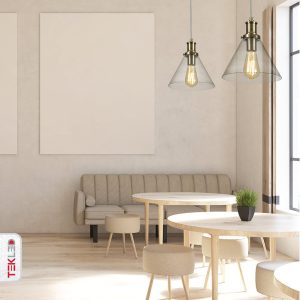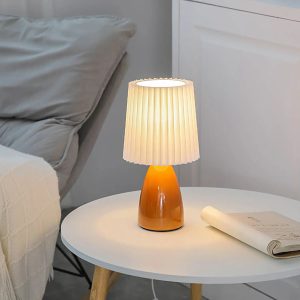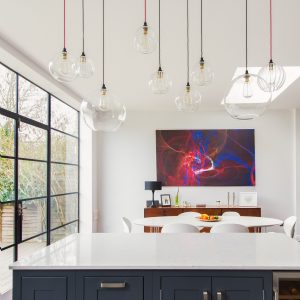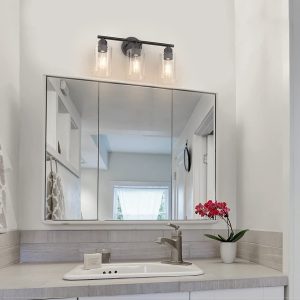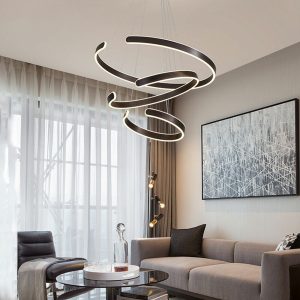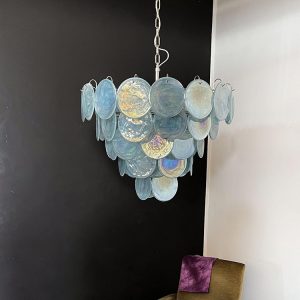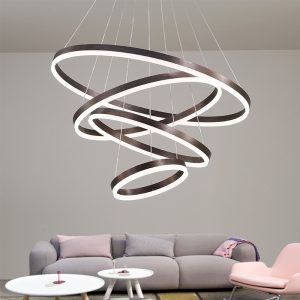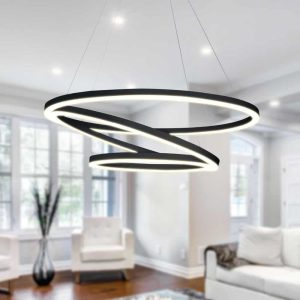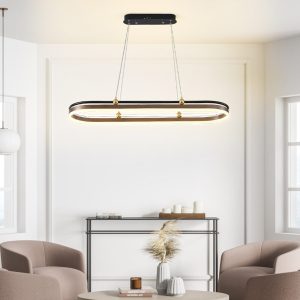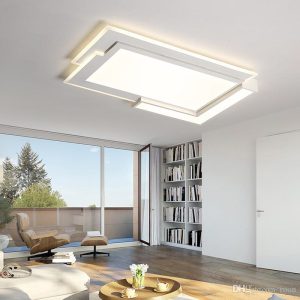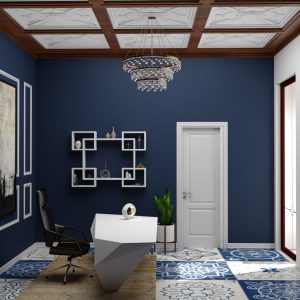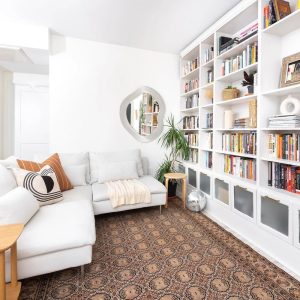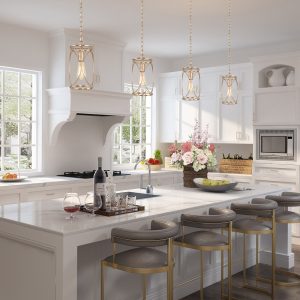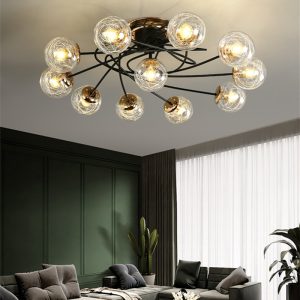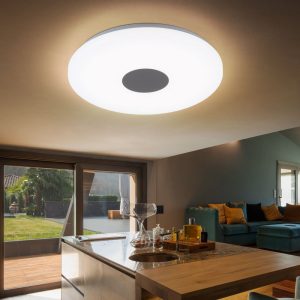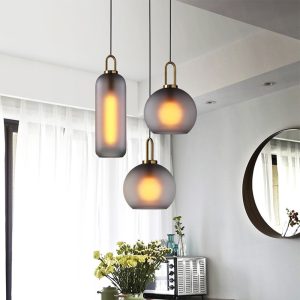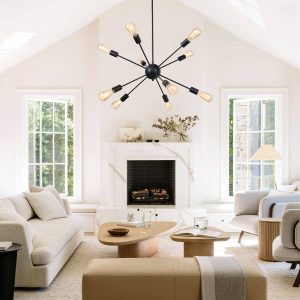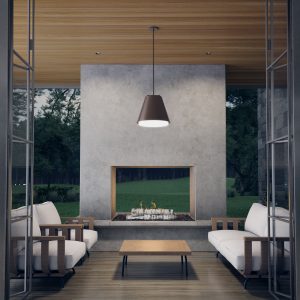
The use of a main light in lighting design has become a standard practice in the industry. However, designers have begun to explore alternative lighting techniques that do not rely on a single, main light source. These techniques have been developed to enhance the ambiance of a space and provide a more immersive lighting experience for the occupants.
Types of Alternative Lighting Techniques
Task Lighting
Task lighting is a technique where multiple lights are used to focus on specific tasks or areas in a space, rather than relying on a single main light source. This technique is especially useful in areas where specific tasks take place, such as kitchens, offices, and workshops. It allows for the careful placement of lights to ensure that the work area is fully illuminated.
Ambient Lighting
Ambient lighting is a technique where multiple lights are used to create a soft, overall illumination in a space. This technique is ideal for creating a warm and inviting atmosphere in areas such as restaurants, living rooms, and bedrooms. Rather than relying on a single, central light source, ambient lighting uses a variety of lights, such as wall sconces and table lamps, to create a layered lighting effect.
Accent Lighting
Accent lighting is a technique where a specific object or area is highlighted using a focused light source. This technique is ideal for showcasing artwork, architectural features, or other focal points in a space. In contrast to a main light, accent lighting draws attention to specific areas and objects, creating a dramatic effect.
Advantages of Alternative Lighting Techniques
Enhances the Ambiance of a Space
One of the primary advantages of alternative lighting techniques is that they can enhance the ambiance of a space. By using a variety of lights and techniques, designers can create a layered lighting effect that adds depth and interest to a room. This can create a warm and inviting atmosphere that encourages relaxation and conversation.
Provides a More Immersive Lighting Experience
Another advantage of alternative lighting techniques is that they provide a more immersive lighting experience for the occupants. Rather than relying on a single, central light source, the use of multiple lights and techniques can create a more dynamic and engaging lighting effect. This can make a space more interesting and visually appealing.
Allows for Greater Creativity
Finally, alternative lighting techniques allow for greater creativity in lighting design. By breaking free from the traditional use of a main light, designers can explore new techniques and ideas that can add depth and interest to a space. This can create a unique and personalized lighting design that reflects the style and personality of the occupants.
Alternative lighting techniques offer a range of advantages over traditional lighting design. They can enhance the ambiance of a space, provide a more immersive lighting experience, and allow for greater creativity. Task lighting, ambient lighting, and accent lighting are just a few of the techniques available to designers looking to explore this area of lighting design. By embracing these techniques, designers can create a unique and engaging lighting experience for the occupants of a space.

